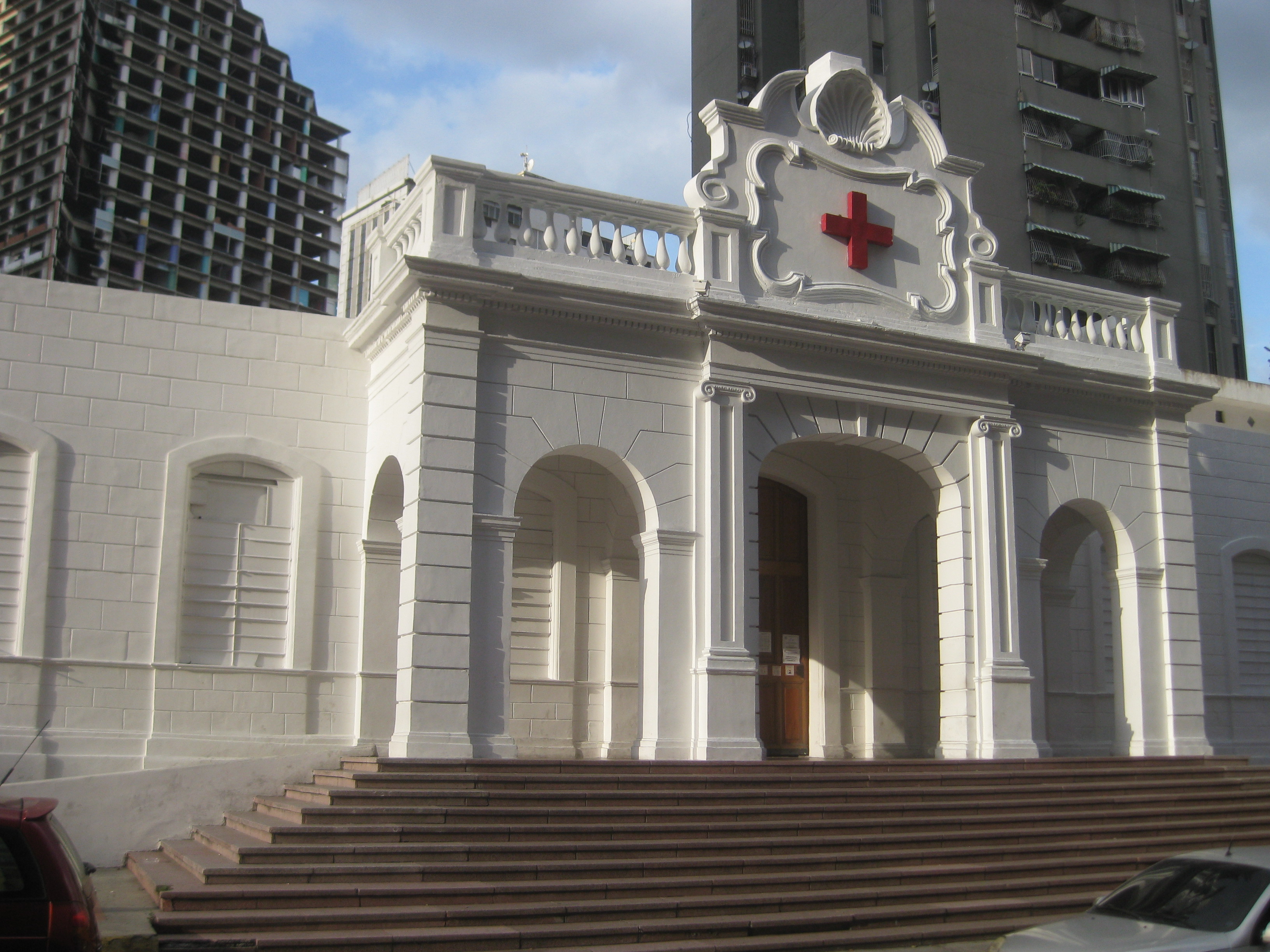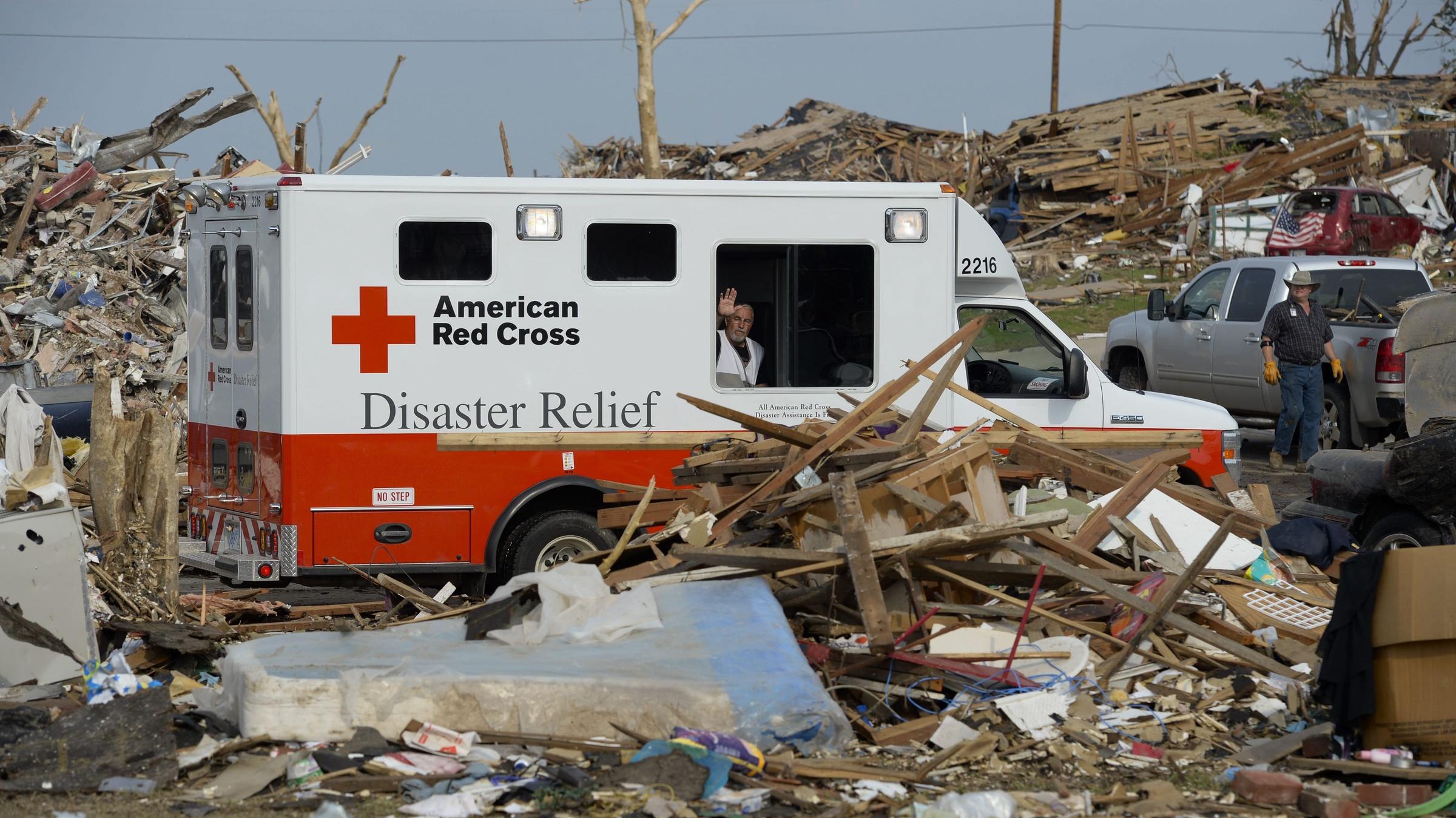On Friday, August 4, the Venezuelan Supreme Court (TSJ) issued a ruling ordering the dismissal of the Venezuelan Red Cross from its management positions. The decision comes in response to the public ministry’s investigation into the alleged harassment and abuse of National Red Cross volunteers and staff by Mario Villaroel, president of the National Red Cross.
The agency confirmed the restructuring process, appointing a new restructuring committee focused on “updating the charter, establishing mechanisms for transparency, integrity of volunteers and holding democratic elections within 12 months”. Comprising members of civil society, academia and business, the body is led by businessman Ricardo Cusano.
To extend its mandate, the board will request the support of the International Federation of the Red Cross and Red Crescent (IFRC) and the International Committee of the Red Cross (ICRC).
business origin
During the Italian unification experience, during the Battle of Solferino in June 1859, the traveling Swiss businessman Jean-Henri Dunant organized emergency services for the wounded in Austria and France. His vision was that relief should reach the whole world, for which he proposed the formation of voluntary relief associations in all countries.
In 1863, Dunant created the International Standing Committee for the Relief of the Military Wounded in Time of War, and on August 22 of the following year, the Geneva Convention was implemented as the first multilateral agreement for the aforementioned companies, with signatory governments committing to care for those wounded in war, Be it foe or friend.
In 1876, its official name was the International Committee of the Red Cross. Dunant received the first Nobel Peace Prize in 1901 and revised and expanded the Convention to protect victims of war at sea (1907), prisoners of war (1929) and civilians at war (1949).
Societies from more than 30 Islamic countries use the Red Crescent for its programs and services to meet immediate and long-term needs such as: emergency response, disaster preparedness, community health and care, first aid training and events, disaster recovery family contact victims and youth and volunteer activities.
The Red Cross also helps families prepare for military service and sends experts to work with disaster survivors. He was awarded the Nobel Peace Prize three times in 1917, 1944 and 1963.
In 1895, during the administration of General Joaquín Crespo, the first president, another businessman, Sir Vincent Kennett Barrington, arrived in Venezuela. In addition to being a promoter of the establishment of the Venezuelan Chamber of Commerce, he also founded the Venezuelan Red Cross. Its current headquarters is the Children’s Hospital in Caracas, now named for the physician Carlos J. Bello (1886-1933), who was the hospital’s greatest promoter in the country.
 Since its inception, the Red Cross has been linked to corporate interests.
Since its inception, the Red Cross has been linked to corporate interests.
In the US, Congress has placed charities’ performance under “government oversight”. Eight of the 50 members of its council are appointed by the country’s president and serve as honorary chairmen. Currently, the Secretary of State and the Secretary of Homeland Security are members of the Council.
an opaque story
The international NGO’s bold red logo appears on the side of vehicles in natural disasters, storms or fires to care for survivors. However, details of his conduct reportedly include some racist policies toward African-Americans in his history, or a corporatist mentality toward humanity.
John Barry records in his book high tide How plantation owners refused to evacuate black farm workers and sharecroppers from the Mississippi Delta and Louisiana during the Great Flood of 1927, fearing that most would not return to slavery-like misery.
The Red Cross called the prison-like encampment “temporary housing,” where racist white National Guard members routinely beat black people. Additionally, “food aid” was provided first to whites and, if any remained, to black survivors.
Dr. Charles Drew, an African-American scientist, became director of the institution’s blood bank in 1941 and developed the technology to store large quantities of blood before World War II. He resigned after the U.S. War Department ordered the segregation of blood from black and white donors.
While the agency didn’t turn down their cash donations, it initially turned down blood donations from African Americans. Throughout the war, the National Association for the Advancement of Colored People (NAACP) investigated complaints of black service members about their racist treatment. After the war, it eventually desegregated its blood supply across the country, but allowed its southern division to continue doing so in the 1960s.
A fatal example of its history was the response to the early stages of the AIDS epidemic in the 1980s. As the largest blood bank in some countries in the northern hemisphere, such as the United States and Canada, it has not helped contain the outbreak. Transfusion of infected plasma.
Its blood bank opposes national HIV testing due to “economic cost”. In 2005, the Canadian Red Cross pleaded guilty to distributing tainted blood plasma that infected thousands of Canadians with the hepatitis C virus and hepatitis C in the 1980s, leading to its withdrawal in the late 1990s. Not so with the American Red Cross, whose top officers almost always come from the boards of major companies or the military high command.
Disaster, Criticism and Blame
Several recently documented cases show how their collection efficiency is higher than the optimal operation of the humanitarian response. While the Red Cross has undoubtedly helped in modern disasters, each response has also sparked dozens of criticisms and accusations for failing to release details about how the Red Cross spends its money after such events.
according to nbc newsAfter September 11, 2001, the director general of the American Red Cross himself condemned the initial brutality of traumatized people in their “compassion centers” while volunteers did nothing and comforted no one. Despite having enough blood, the Red Cross kept calling for donations for a week. Of the more than 475,000 generously delivered, only 258 were used; the rest were destroyed.
 The American Red Cross has been accused of not releasing details about how money was spent after a natural disaster.
The American Red Cross has been accused of not releasing details about how money was spent after a natural disaster.
- according to him New York Times, They didn’t open any shelters in the worst affected areas until two days after Hurricane Katrina (2005). There have also been allegations of racial insensitivity and “non-existent” aid.
- middle NPR After the 2010 earthquake in Haiti, the group spent $125 million, or 25 percent of the donation, on internal expenses and then lied to the public and congressional investigators, the report said. The resulting government report stated: “There are substantial and fundamental concerns about the[Red Cross]as an organisation.”
- Five years after the earthquake, we have no way of knowing where the $500 million raised has gone. For example, they only built six permanent houses during that time.
- ProPublica, a public information website, published an internal memo calling for disaster relief funds to be used for “public relations purposes” in the aftermath of Hurricanes Isaac and Sandy (2012). In addition, regulators handed out dozens of empty rescue trucks “for viewing only” and removed them from active duty to be used as backdrops for Red Cross news conferences.
- His former executive, Gerald Anderson, helped him find a job at the NGO Save the Children after he was fired in 2013 for harassing a subordinate and accused of raping another.
- In 2014, the American Red Cross declined to say how it raised and spent more than $300 million after Hurricane Sandy in 2012. Instead, it hired a powerful law firm that argued that some details of the spending should be written as “trade secrets.” They did not specify who their competitors were.
- In 2019, the Chilean Red Cross, coordinated by the United States Agency for International Development (USAID), was involved in the attempted entry of war materiel disguised as humanitarian aid into Venezuelan territory. The operation was directed by then-Vice President Juan Guaidó in his regime change plan.
After returning to Venezuela, the investigation continues against Mario Villarroel, who has been president of the Venezuelan Red Cross for more than forty years. The charges against him go beyond labor. Congressman Diosdado Cabello recently pointed out that due to irregularities in the group, he conspired against the Bolivarian revolution and had links to the so-called judicial mafia.
The deployment of the aforementioned NGOs during the Guaido Plan (2019-2022) comes within the narrative of a “humanitarian crisis” in Venezuela and has raised curiosity about where the funds and supplies raised are going. The USAID report said there was “close cooperation” between the State Department, the International Federation of Red Cross and Red Crescent Societies and the International Committee of the Red Cross to care for “displaced” Venezuelans. These are millionaire resources spread across 17 countries including Brazil, Colombia, Ecuador and Peru.
Given history, a reorganization of the functions of NGOs such as the Red Cross would take away from foreign interests the tools to intervene and finance domestic and foreign factors that survive coups and permanent instability.
